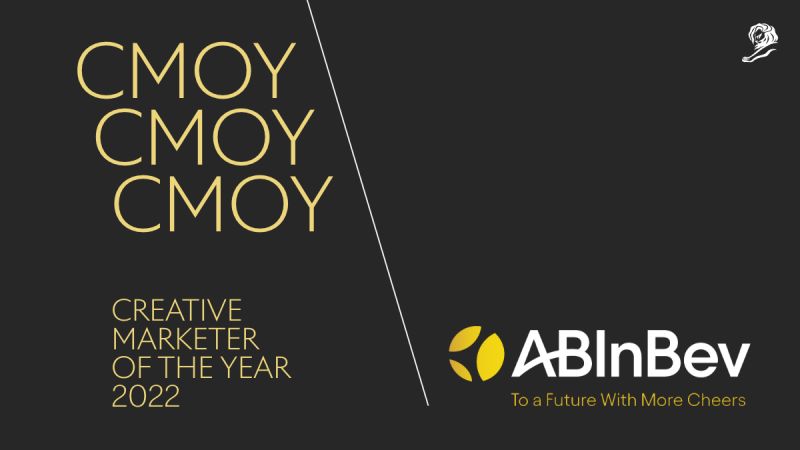The advantages of cohort-based learning
Mar 09, 2022 by Nomadic Team

What is cohort-based learning?
Cohort-based learning is a group of learners moving through a sequence of interactive content together, discussing their ideas and sharing knowledge along the way. Digital cohort-based learning is an immensely useful learning tool that can have a real impact on both learners' careers and the bottom line. But only when it’s well-designed.
To explore a little about how to effectively design a cohort-based learning academy, we want to turn for a moment to a figure completely outside the world of learning and development: Steve Jobs.
Skeuomorphism: a story
In 2007, Steve Jobs introduced the first iPhone to reporters. To these reporters’ dismay, the device was missing a physical keypad.
One journalist struggled while attempting to type on the screen. “It doesn’t work.”
Jobs simply replied: “Your thumbs will learn.”
It had long been gospel in the cellular industry that physical keypads would be the center user experience for years to come. In fact, Blackberry bet the future of the company on their robust mini-keyboards, which were beloved by business users––for a while. Our thumbs did learn, however, and by the time Blackberry realized the market (and users) had moved on to touch screens, it was too late.
Blackberry’s approach was based on skeuomorphism: that is, the impulse to carry over familiar design elements from one iteration of a product to another. These days, this often means recreating analog design features within emerging digital environments. That “recycle bin” on your laptop, or the old-school telephone icon that pops up when someone’s calling.
Skeuomorphism isn’t always a bad thing. The folders on your computer desktop signal their function in a simple and elegant way. This phenomenon only becomes a problem when it holds us back from applying new technologies in ways that spark real and meaningful change.
Skeuomorphism and learning design
The natural tendency toward skeuomorphism has meant that we’ve brought the limited social interaction of the most traditional classroom learning into our digital learning world. Most new entrants to the cohort-based learning market, for example, simply take basic classroom instruction and bring it online. The core experience replicates the instructor-at-the-blackboard set-up. Mostly, this takes the form of something that looks a lot like a Zoom meeting, with a bit of LMS and administrative capability built around the edges. Like Blackberry’s keyboard, this model is appealing in its familiarity. But it doesn’t take full advantage of the technology at hand.
Stepping outside skeuomorphism and leaving behind the traditional instructor-led learning model creates space to ask a whole new question. Suddenly, it’s not about how can we bring the physical classroom online? Instead, it’s what actually leads to the sort of transformational learning experiences that will, in turn, lead to real business transformation?
Cohort-based learning: the learner at the center
For us, the answer is cohort-based learning. From the beginning, we saw that putting learners together in a digital capability academy where they could explore topics collaboratively led to huge gains in learner engagement, completion rates, and metrics related to both business outcomes and transformation. Rather than replicating the physical classroom digitally, this model changed it entirely. Learning is semi-synchronous, with cohort members logging on in the flow of their work, when it's convenient for them, albeit in the same general period of five or so weeks.
Perhaps most radically, there's no "sage on the stage" at the center. Just learners in an Academy, interacting with great content and discussing their ideas with each other.
In particular, this decision to forgo the instructor and instead put the learner at the center of the experience felt like an enormous departure from the in-person classroom. Yet this decidedly un-skeuomorphic model was clearly driving great outcomes. We wanted to understand more about why.
Cohort-based learning in a capability academy: measuring effectiveness
To this end, we carried out an experiment with Citi, splitting cohorts into three types:
- A group with an assigned facilitator, announced to the group, who gave substantive feedback on comments and exchanges within the Academy
- A group with no facilitation
- A group with an assigned facilitator who was not announced to the group and simply played a “cheerleader” role, leaving comments thanking learners for sharing their ideas, but no substantive feedback
Each time we ran this experiment, the third group saw significantly more engagement and interaction between learners. The second group followed, while the group with a facilitator playing a more traditional instructional role consistently lagged behind.
The next step was to interview learners about their experiences in the different groups. It quickly became clear that the presence of a formal instructor made the learners feel less responsible for driving active conversation with their peers. In fact, sometimes the interviewees wanted to speak up and share their insights, but they felt they’d be stepping on the facilitator’s toes if they were too engaged with their fellow learners’ ideas––that was the teacher’s job, after all.
One note about the “cheerleader” role. Outside the bounds of this study, we’ve seen that, in a given cohort, a small group of learners almost always takes on exactly this role: encouraging their fellow learners, kicking off great conversations, and leading the way in modeling curiosity, openness, and deep engagement with the learning material. This pattern is so consistent, we’ve begun seeing it as a key indicator of a healthy learning cohort.
Cohort-based learning and equity
Interestingly, these unprompted “cheerleaders” are rarely the employees organizations anticipate. The behavior thus provides another useful data point about internal talent, potential emerging leaders, and quiet forces within the organization––one our clients never would have observed with an instructor in the mix. One learner described this phenomenon well, saying that instructorless cohort-based learning draws “a wider range of ideas from a broader group of individuals.”
The learner also noted that introverts, in particular, tend to express more ideas in the Academy than they might in a meeting setting, benefiting from the mixture of individual reflection and group collaboration that semi-synchronous learning provides. Similarly, another learner pointed out how the Academy allows non-native language speakers time to gather and express their thoughts more comfortably than they would in a live workshop––all factors that make the learning experience not only more effective, but more inclusive and more conducive to discovering new internal talent, too.
Cohort-based learning: what's next?
These equity outcomes are just one example of the unexpected positive effects of stepping outside skeuomorphism and thinking broadly about the shape a learning experience can take.
Bottom line: we’re excited about the impact cohort-based learning has had so far, and continuing to think big about what’s next.
*
To learn more about our cohort-based learning model, read our in-depth report, Cohort-Based Learning at Scale: Eight Principles for Success. You can also get in touch to discover how cohort-based learning can help your organization.



